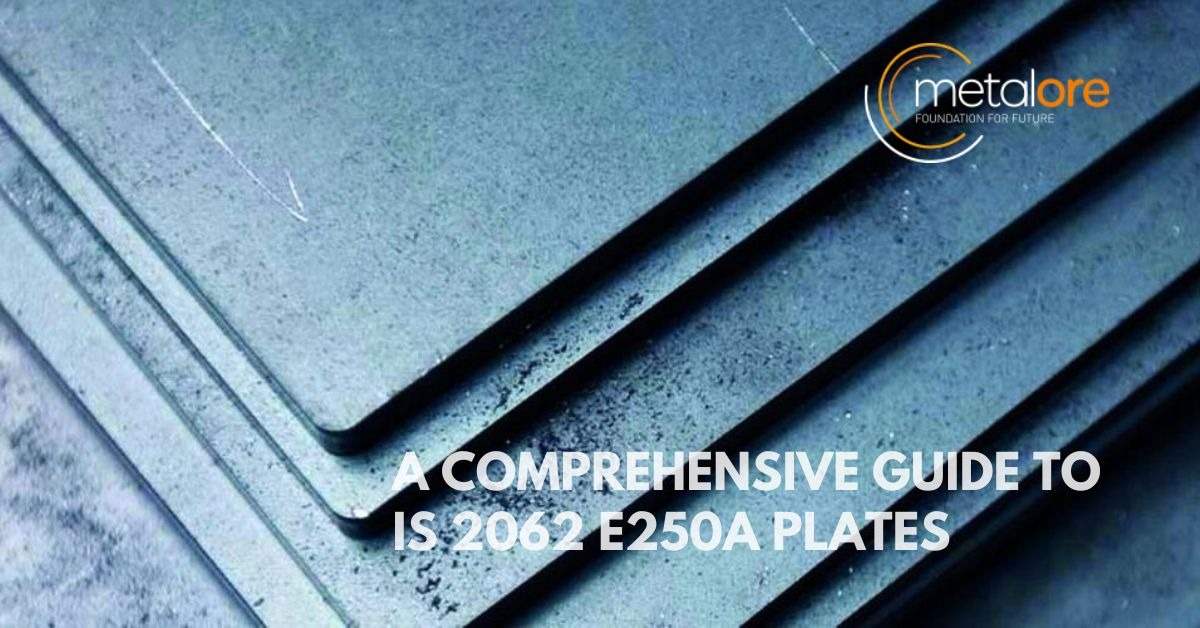IS 2062 E250A plates are a type of high-quality mild steel plates that are commonly used in the construction and engineering industries. These plates are made using hot-rolled mild steel, making them highly durable and corrosion-resistant. This comprehensive guide will discuss the various aspects of IS 2062 E250A plates, including their application, manufacturing process, and specifications.
Specifications
IS 2062 E250A plates are available in various sizes and thicknesses to meet the specific requirements of different applications. The standard thickness of these plates ranges from 5mm to 200mm, while the width can range from 1250mm to 2500mm. The length of these plates can be customized to meet the customer’s specific needs. IS 2062 E250A plates also conform to international standards, including ASTM, BS, DIN, EN, and JIS. These plates are manufactured using advanced techniques to meet the highest quality standards.
Applications
IS 2062 E250A plates are widely used in various applications, including construction, engineering, and manufacturing. These plates are commonly used in constructing bridges, buildings, and other structures, providing high strength and durability.
IS 2062 E250A plates are also used in the engineering industry, where they are used in the manufacture of heavy machinery, equipment, and tools. These plates are highly resistant to wear and tear, which makes them suitable for use in harsh industrial environments.
IS 2062 E250A plates produce various components in the manufacturing industry, including automotive parts, machine parts, and structural components. These plates are highly versatile and can be easily customized to meet the specific needs of different applications.
Manufacturing Process
The manufacturing process for these plates typically involves several stages. Firstly, raw materials such as iron ore, coal, and limestone are extracted and processed to create steel billets. These billets are then heated and rolled into the required size and thickness plates. During the rolling process, the plates undergo various treatments such as hot rolling, normalization, and tempering to improve their mechanical properties and remove residual stresses.
Once the plates are formed, they undergo quality checks to ensure they meet the specified requirements of the IS 2062 E250A standard. This includes tests for chemical composition, tensile strength, and impact resistance. Finally, the plates are cut to size, and any surface defects are removed before they are packed and shipped to customers.
As manufacturing facilities become more complex and advanced, the need for reliable and efficient cleaning equipment increases. One key component of the cleaning process is using food-grade roller brushes, which are essential in ensuring the quality and safety of food products.

